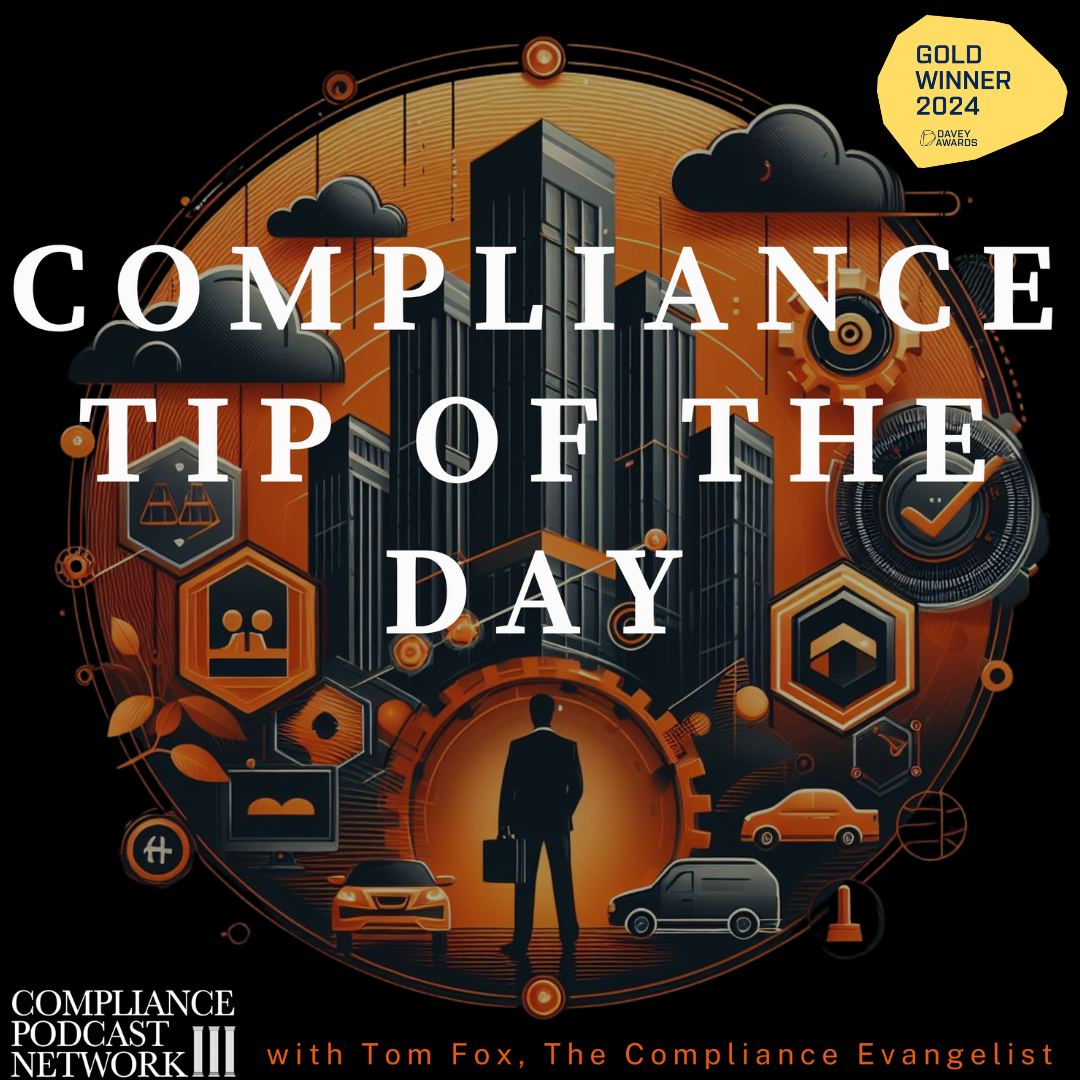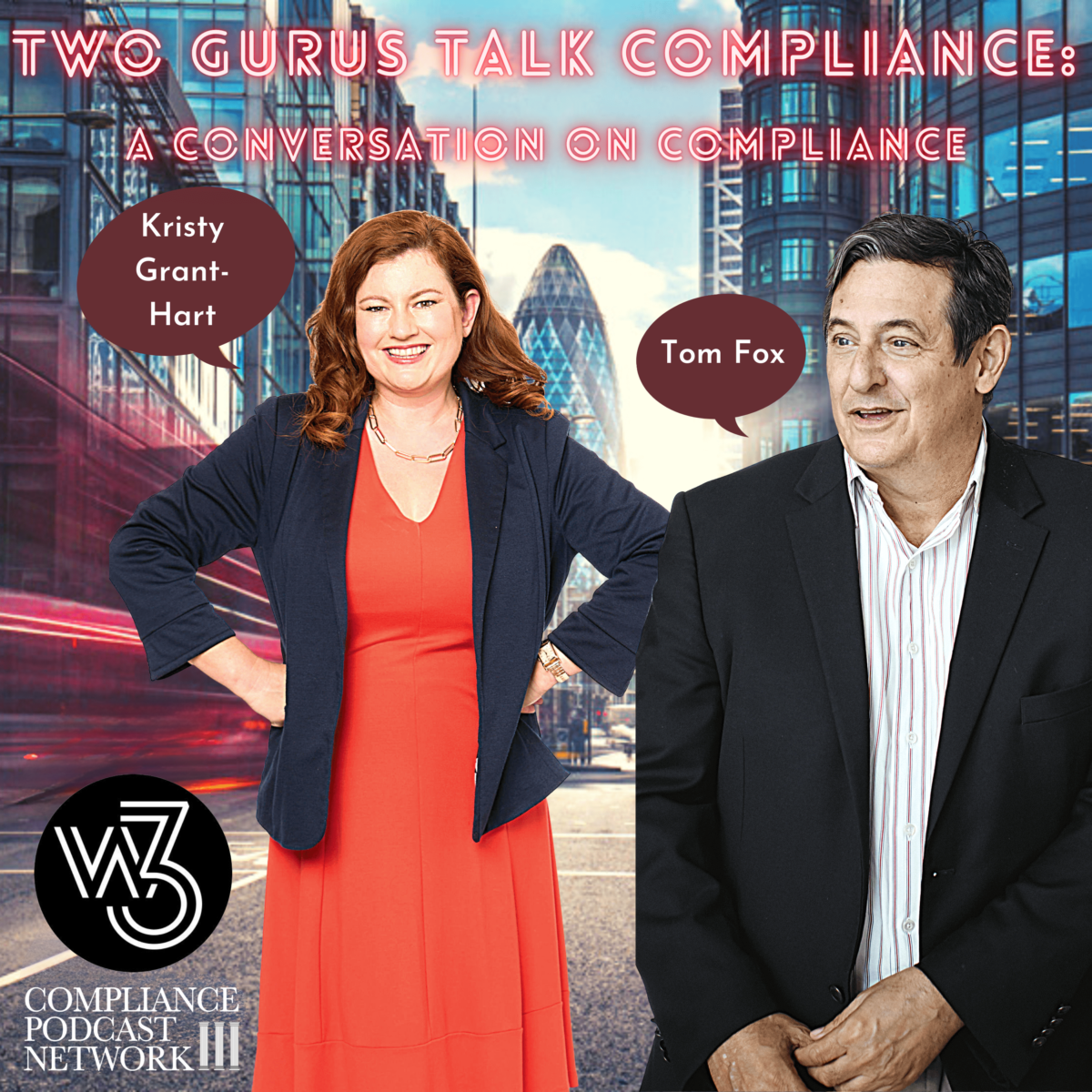We conclude our 5-part series on the macroeconomic implications of President Trump’s recent tariff hikes and suspensions. Business leaders and compliance professionals are grappling with navigating this unprecedented landscape, and understanding the nuances of this evolving situation is crucial for corporate strategy and compliance preparedness. For today’s concluding Part 5, we consider how compliance can support your company’s supply chain in this era of tariff hikes and their suspensions.
Today’s discussion is based on the Harvard Business Review (HBR) article entitled The Tariff Wars Just Upended Your Supply Chain. Here’s How to Adapt by Willy C. Shih and Veronica Chua. By adapting this article for a compliance audience, I hope to show compliance professionals that the complexities introduced by recent tariff fluctuations are not confined to supply chain managers alone; compliance professionals are also grappling with unprecedented challenges. Understanding and responding to these challenges fortifies your compliance framework and empowers your business to adapt swiftly and smartly.
Lesson 1: Precision and Preparedness with Documentation
Supply chain disruptions underline the critical importance of maintaining accurate country-of-origin documentation. Tariff wars remind compliance professionals that documentation must not be treated as a mere formality. Rigorous attention to the accuracy and completeness of documentation mitigates risks of customs delays, penalties, or even seizure of goods. For instance, when President Trump’s administration suddenly eliminated the de minimis exemption, chaos ensued due to inadequate preparation for increased tariff documentation and customs scrutiny.
Compliance professionals must proactively ensure thorough, timely, and precise documentation, verifying every link in the supply chain. Enforcing rigorous documentation standards gives your organization the agility needed during sudden regulatory shifts.
Lesson 2: Strategic Location Assessment and Risk Management
The article stresses that managers must reconsider their manufacturing locations strategically, examining feasibility, costs, and potential alternatives. Compliance professionals play an instrumental role by assessing regulatory risks tied to specific locations and advising management on tariffs, customs compliance, local regulatory changes, and potential geopolitical disruptions.
Your role extends beyond merely following guidelines; you’re a strategic advisor who helps your business navigate complex global trade scenarios. The heightened tariff environment necessitates proactive, detailed compliance risk assessments, ensuring location decisions align with long-term business resilience and regulatory expectations.
Lesson 3: Enhancing Trade Bloc Awareness
Shih and Chua suggest revisiting trading bloc strategies, emphasizing a move toward diversified sourcing and regionalization. The economic implications of retaliatory tariffs underscore that overdependence on specific markets can significantly amplify compliance risks.
Understanding international trade agreements, regional regulations, and bloc-specific requirements is vital as a compliance professional. Guiding your organization towards a diversified sourcing model reduces susceptibility to single-market fluctuations and enhances your regulatory compliance framework, creating more robust operational resilience.
Lesson 4: Supporting Infrastructure Modernization
A significant lesson from recent disruptions is that the existing U.S. infrastructure for customs and tariffs is severely strained under sudden regulatory shifts. The elimination of the de minimis exemption demonstrated glaring inefficiencies and capacity shortfalls, notably overwhelming customs operations at airports.
Compliance professionals can play a crucial advocacy role by supporting and lobbying internally for investment in infrastructure modernization. Championing advanced technological systems and automated compliance solutions improves customs clearance processes, reduces human error, and accelerates the flow of goods through complex tariff environments. Your forward-looking compliance perspective keeps the business agile and protects it from potentially severe operational disruptions.
Lesson 5: Anticipating the Ripple Effects of Regulatory Changes
The proposed Section 301 fees exemplify unintended consequences arising from regulatory changes. By failing to account for standard container shipping rotations, proposed tariffs significantly disrupted logistics plans and increased costs for exporters, particularly in agriculture
The lesson for compliance professionals is clear: anticipate and evaluate broader implications beyond immediate regulatory compliance. Conduct scenario planning and impact assessments, forecasting regulatory ripple effects throughout the supply chain. Your predictive compliance strategies, including regular horizon scanning, ensure that your business remains compliant and strategically prepared for operational continuity.
Supporting Your Supply Chain Through Turbulent Times
Compliance professionals are key to navigating the complexities and uncertainties introduced by tariff wars. Your strategic input is not merely about adherence to rules; it is about understanding and mitigating risk, anticipating regulatory shifts, and providing strategic advice to senior leadership.
During these volatile times, compliance is elevated from a back-office function to a critical strategic partner in global operations. By taking charge of meticulous documentation, rigorously assessing location-related risks, understanding trade bloc dynamics, supporting infrastructure advancements, and anticipating the ripple effects of regulatory changes, compliance professionals safeguard their companies and help guide them confidently through the stormy waters of tariff fluctuations.
Moreover, compliance’s value lies in preparedness and strategic anticipation. The unpredictable landscape highlighted by the current tariff war emphasizes why proactive compliance is not merely advisable but imperative. Companies that leverage their compliance teams’ strategic capabilities will find themselves uniquely positioned to weather the storms of international trade and capitalize on the opportunities these shifts create.
As the HBR article underscores, compliance and operational leaders must collaborate closely to effectively handle the shocks from tariff wars. Embrace this partnership as an opportunity. In uncertain times, your role as a compliance professional becomes pivotal, not just to manage risks but to lead strategically, enabling your business to adapt, thrive, and emerge stronger in a challenging global trade environment.








